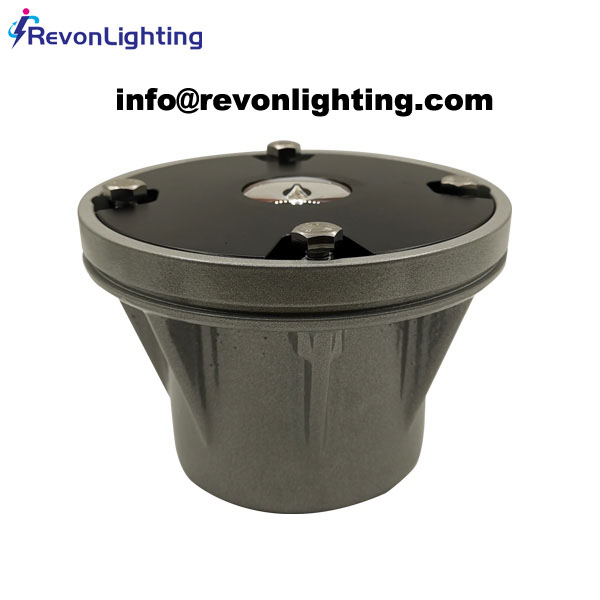Enhancing Safety and Efficiency with Helipad LED Light
Introduction:
Helipads serve as critical infrastructure for helicopter operations, enabling various industries such as emergency medical services, offshore operations, and aerial transportation. Ensuring the safety and efficiency of helipads is of utmost importance to minimize risks and facilitate smooth operations. One essential aspect of helipad safety is the use of LED lights. In this article, we will explore the significance of helipad LED lights and their role in enhancing safety and efficiency.

Importance of Helipad LED Lights:
Helipad LED lights are a lighting system installed on and around the helipad. Their primary purpose is to provide visual guidance and ensure safe landing, takeoff, and ground operations for helicopters, especially during low light conditions or at night. Here's why helipad LED lights are essential:
Enhanced Visibility:
LED lights significantly enhance the visibility of the helipad, allowing pilots to easily locate and approach the landing area. The bright and focused illumination provided by LED lights improves visibility even in adverse weather conditions, preventing accidents and collisions.
Clear Boundaries:
LED lights help demarcate the boundaries of the helipad, preventing unauthorized access or encroachment. By clearly defining the area, helipad LED lights ensure that only authorized personnel have access to the helipad, maintaining security and avoiding potential safety hazards.
| Helipad LED Lights | Helipad LED Light |
Obstacle Detection:
Helipad LED lights can be strategically placed to detect and highlight any obstacles or hazardous conditions near the helipad, such as tall structures, powerlines, or uneven terrain. This allows pilots to make informed decisions and take necessary precautions while approaching or departing from the helipad, reducing the risk of accidents caused by obstacles that may not be visible during critical flight phases.
Energy Efficiency and Longevity:
LED lights are known for their energy efficiency and long lifespan. Compared to traditional lighting systems, LED lights consume less power, resulting in lower operational costs. Additionally, LED lights require less maintenance and have a longer lifespan, reducing the need for frequent bulb replacements and maintenance activities.
Factors to Consider in Helipad LED Lights:
When designing a helipad LED lighting system, several factors should be taken into account:
Intensity and Color:
The intensity of the LED lights should be carefully calibrated to ensure optimal visibility without causing glare or discomfort to pilots. The color of the lights should be chosen to provide clear visibility and contrast against the helipad and its surroundings.
Placement and Coverage:
LED lights should be strategically placed around the helipad to provide uniform coverage and ensure visibility from all directions. Careful consideration should be given to the helipad's layout and any potential obstructions that may affect the lighting system's effectiveness.
Redundancy and Maintenance:
Helipad LED lighting systems should have redundant power sources and backup systems to ensure uninterrupted operation. Regular maintenance and inspections are crucial to identify and address any issues promptly. Routine checks should be conducted to ensure the lights are functioning correctly and that there are no burnt-out bulbs or damaged fixtures.
Conclusion:
Helipad LED lights are a critical component of helipad safety, ensuring enhanced visibility, clear boundaries, obstacle detection, energy efficiency, and longevity. By investing in a well-designed and properly maintained LED lighting system, helipads can provide a safe and efficient platform for helicopter operations, benefiting various industries and ensuring the safe transport of passengers and cargo. The use of helipad LED lights is an essential measure that should be prioritized to enhance safety and efficiency in helipad operations.